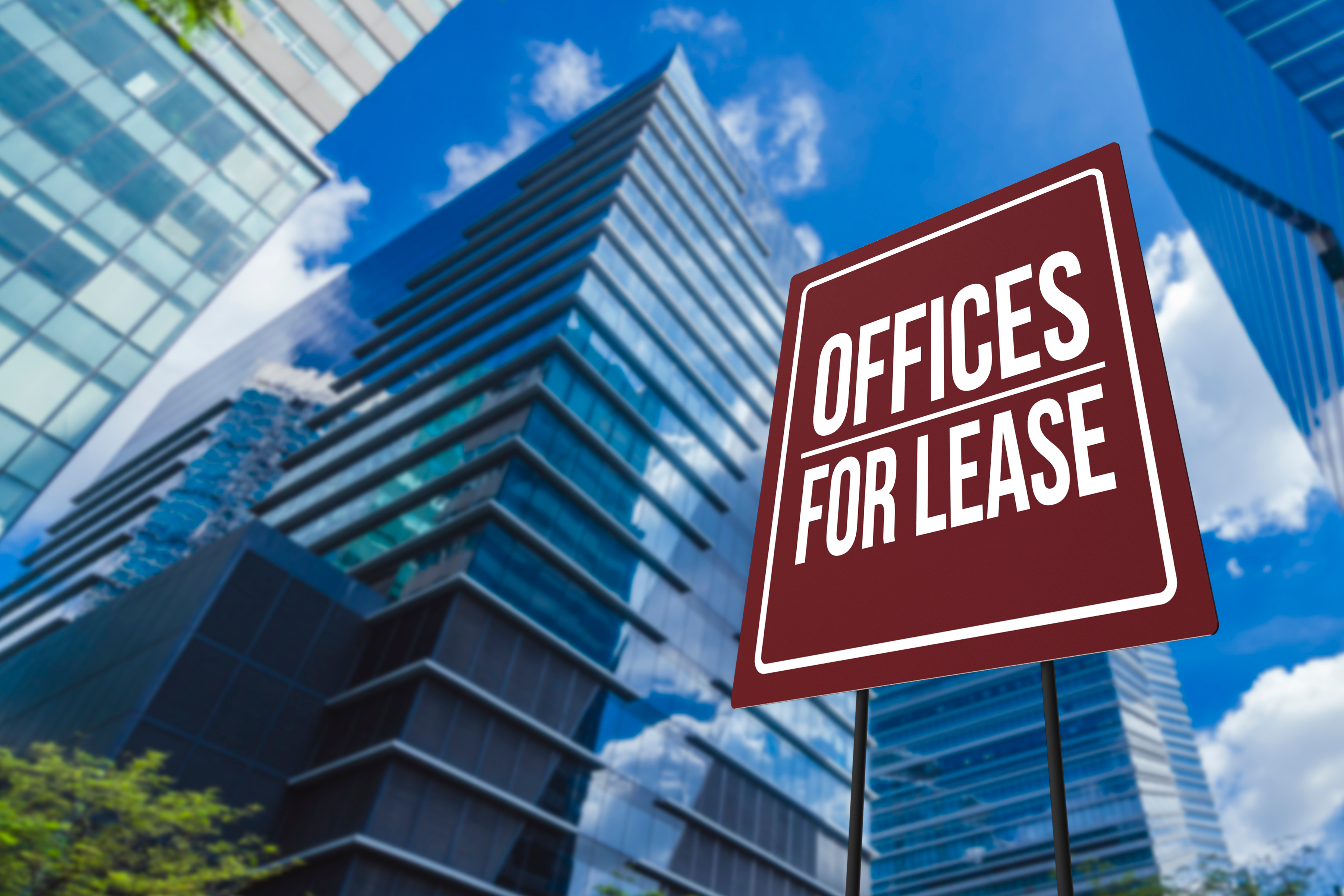After months of negotiations and significant concessions from the landlord, Bethany Hobbs was confident she had secured an attractive deal to provide 6,000 square feet of office space to a family-owned company.
“We got all the way to docu-sign,” said Hobbs, Vice President of MacKenzie Commercial Real Estate Services. But at the last minute, one of the principals “decided she was not comfortable asking people to come back to the office full time.”
 The company pulled out of the deal, let its existing office lease expire at the end of 2023, and moved to entirely virtual operations.
The company pulled out of the deal, let its existing office lease expire at the end of 2023, and moved to entirely virtual operations.
To state the obvious, putting together office leases has been difficult in the face of uncertainties about employees’ appetite for in-office workdays and the high cost of fitting out attractive offices. Some brokers, however, are now seeing a little more optimism in the market and a little more willingness to lease new space. But they still have to clear big hurdles to get deals signed.
“The cost of modifications and tenant improvements is so expensive. It really makes it difficult to put together leases,” said Chuck Breitenother, Principal with KLNB. “The cost used to be $20 to $40 a square foot. Now it’s anywhere from $40 to $70. You scratch your head and wonder how an owner ever makes a return on investment.”
Those costs mean landlords wouldn’t realize a profit on some proposed lease deals until close to the end of the term, but prospective tenants don’t realize that, said Christopher Bennett, Executive Vice President and Principal at MacKenzie Commercial Real Estate Services.
“For example, one deal we are working on is at a bit of an impasse on the tenant improvements,” Bennett said. “They are going to cost $60 a foot and the landlord is saying, ‘For a 10-year deal, I will do $50 to $53, but I’ve got to get a return at some point during this deal.’
“Oftentimes when dealing with tenants in these kinds of talks, I will put together the financials for the landlord’s side of the deal to show the tenant this is why the landlord is not doing what you want him to do because he is not going to make any money from it,” Bennett said.
High costs and business uncertainties for both landlords and tenants are fueling a fundamental divide over the length of leases. Landlords want longer terms to cover expenses. Tenants want shorter terms plus early termination options to lower their financial risk.
“The line is so fine right now between the tolerance for costs on each side,” she said. “This year, I think there is a little more ability to compromise on both sides which is maybe generating a little optimism.”
Landlords seem more willing to adjust escalation clauses while tenants seem more accepting of spaces that require minimal fitout and, consequently, lease at better rates.
Meanwhile, the sublease market is delivering some solutions.
“It’s definitely a hit or miss market,” Breitenother said. “If you walk into a space and it’s the right size and the right location, it can be a great deal for tenants… Some tenants find they can afford better space than they were expecting due to the cut-your-losses mentality of the sub-landlord.”
One client in search of “very cool space” to attract employees back to the office, recently landed exactly what they wanted and more through a sublet, Bennett said. Not only was the space attractive and fully furnished, but at 9,000 square feet, it also enabled the company to achieve the goal of creating a training space.
Brokers, however, have to work hard and get creative to secure deals for their clients.
“We need to be problem solvers more than ever and be as creative as possible, including offering alternative solutions,” Hobbs said.
She pointed to the example of a campaign group that was looking for space that would include several offices, a large area for phone banking, a kitchen, and storage space for campaign signs. Hobbs found the perfect fit in an unlikely space — a shuttered Jenny Craig site that had offices, a call center space, and a storage area that was previously filled with freezers.